Scientists at MIT and Jain Irrigation Systems are the winners of the Desal Prize, by creating a method to turn salt water into drinking water using solar power.
U.S. and international community awarded for groundbreaking desalination technologies
The U.S. Agency for International Development (USAID) and the Bureau of Reclamation (USBR), in partnership with the Swedish International Development Cooperation Agency, the Ministry of Foreign Affairs of the Kingdom of The Netherlands, announced the winners of the Desal Prize, the second call for Securing Water for Food: A Grand Challenge for Development.
First Place: MIT and Jain Irrigation Systems designed a photovoltaic-powered electrodialysis reversal (EDR) system that desalinates water using electricity to pull charged particles out of the water and further disinfects using ultraviolet rays. The system was designed for low energy consumption, limiting costs especially in off-grid areas.
Christian Holmes, USAID’s Global Water Coordinator, said:
“By 2050, global water demand is expected to increase by 55 percent, and 70 percent of global water use occurs in food production. The Desal Prize was developed to supply catalytic funding to capture and support the innovative ideas and new technologies that could have a significant impact.”
From April 9 to 11, five finalist innovator teams competed for $200,000 in prize funds in head-to-head demonstrations at the Bureau of Reclamation’s Brackish Groundwater National Desalination Research Facility in Alamogordo, N.M. After rigorous testing and evaluation by a panel of expert judges, two winning teams were chosen. These two teams, and a team that received an honorable mention, will be eligible to receive grant funds totaling $400,000 to implement pilot projects in late summer or early fall with small-holder rural farmers in a USAID mission region.
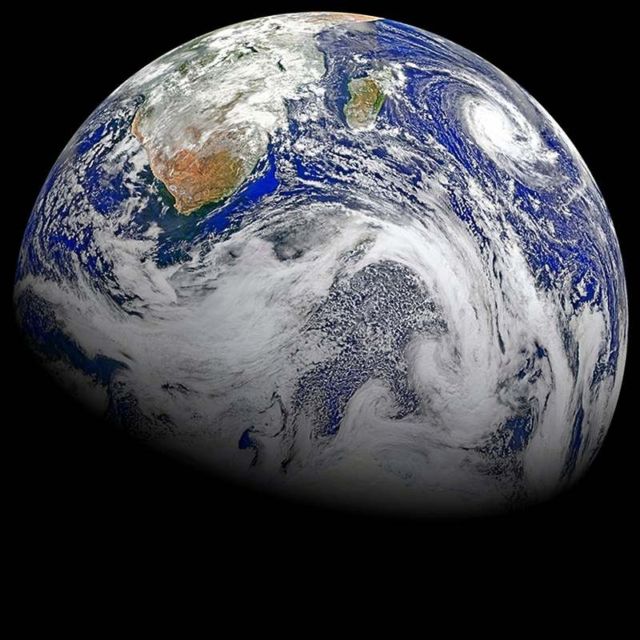 Ocean Color. NASA image by Norman Kuring, NASA’s Ocean Biology Processing Group using Suomi NPP data. Suomi NPP is the result of a partnership between NASA, NOAA and the Department of Defense. Caption by Mike Carlowicz.
Ocean Color. NASA image by Norman Kuring, NASA’s Ocean Biology Processing Group using Suomi NPP data. Suomi NPP is the result of a partnership between NASA, NOAA and the Department of Defense. Caption by Mike Carlowicz.
source USAID

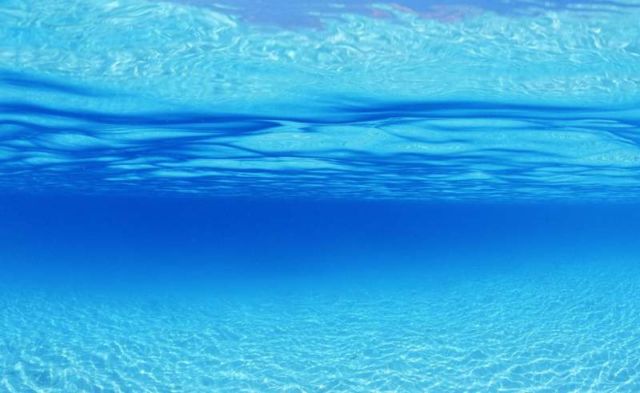
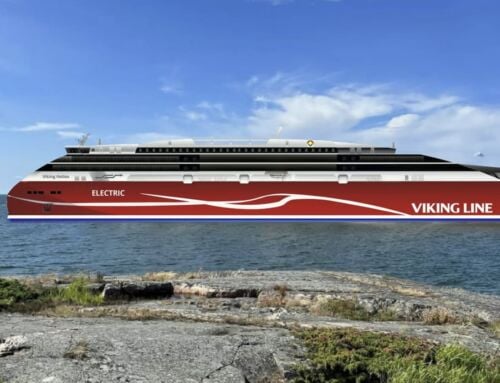
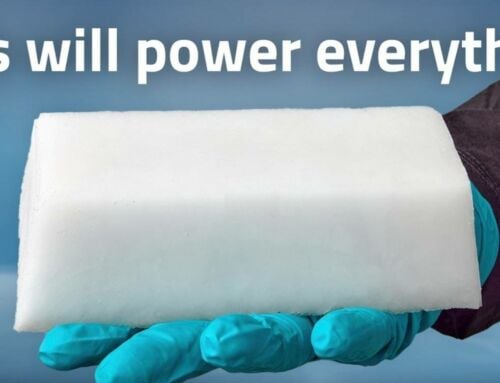
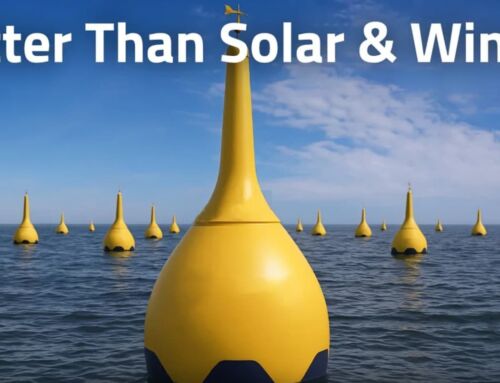
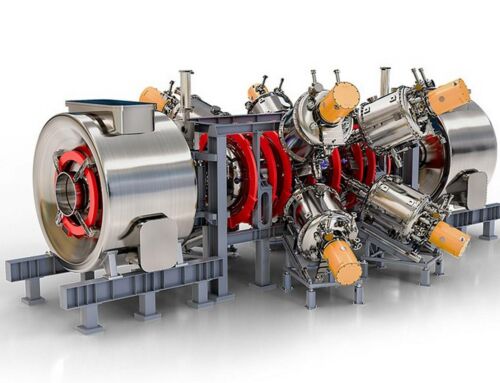
Leave A Comment